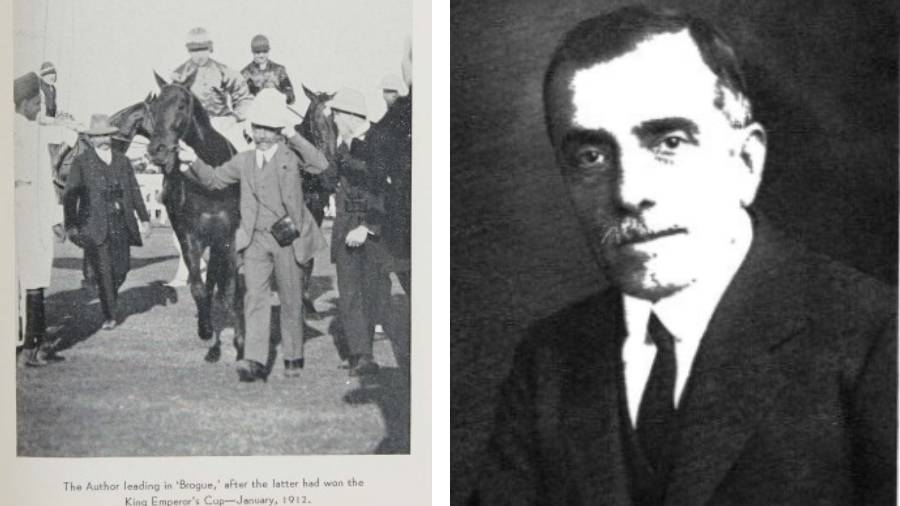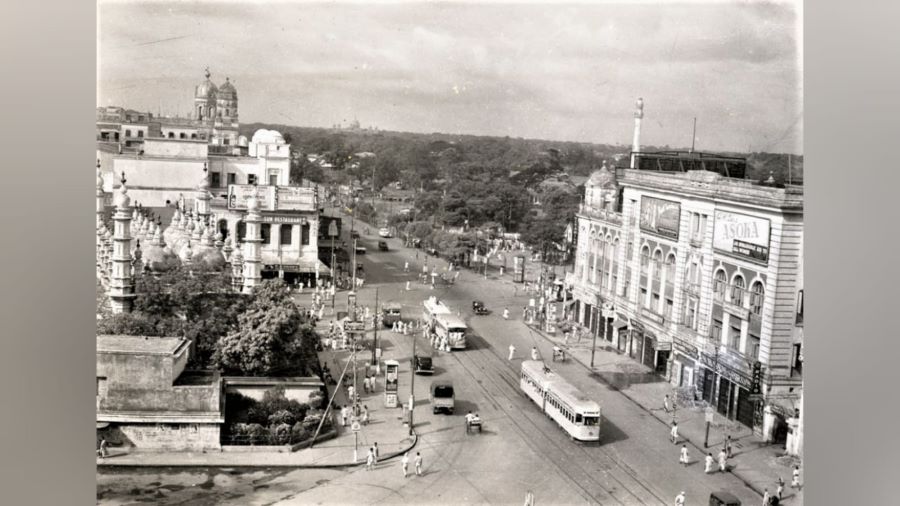Calcutta, 1869. A 10-year-old Armenian boy arrives in the city from Julpha, Iran, to live with his uncle in order to receive better education. He is enrolled in the Armenian Philanthropic Academy. Whenever he has some time off, the young lad is found at the Maidan, trying to master a piebald pony. With time, he hones his riding skills, aided by tips and encouragement from the officers stationed at Fort William, many of whom frequented the Maidan. Eventually, it is thanks to one of them that the boy, named Johannes Carapiet Galstaun, has his first experience of horse racing. He wins that first race. The tale of J C Galstaun would span the next eight decades in Calcutta and would leave tangible remains we can see in Kolkata even today.
Jockey to real-estate mogul
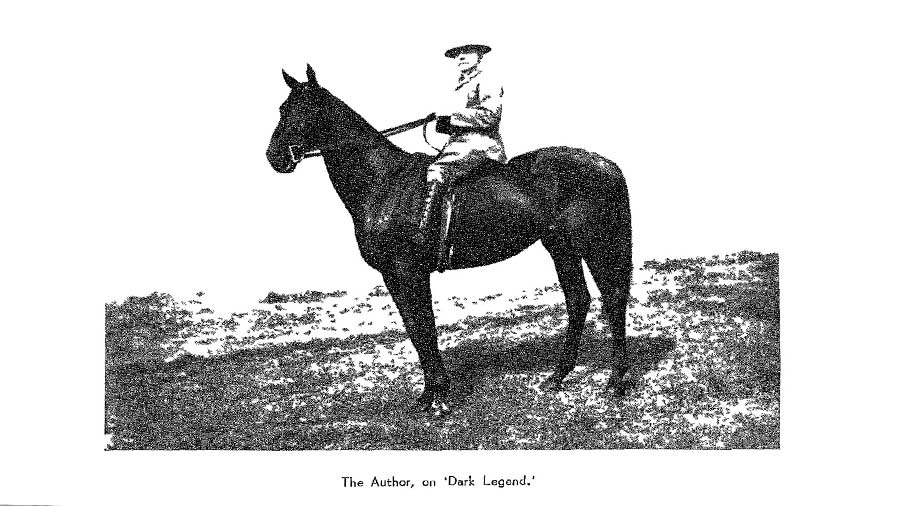
An image from J C Galstaun’s book ‘Racing Reminisces’ showing him astride the horse, Dark Legend
In time, the young man would emerge as the finest jockey in the city and later on, as age caught up, Galstaun would be the owner of the greatest array of race horses in Kolkata, and have stables in England. His stables were legendary and his horses would sweep the races more often than not.
The folks on the Maidan, who had witnessed the young boy with his pony, would probably have never imagined that he would go on to become one of the richest men in colonial Calcutta. In addition to being the overlord of the race course, J C Galstaun was a prolific real-estate developer. He leased plots from the military and developed prime residential projects.
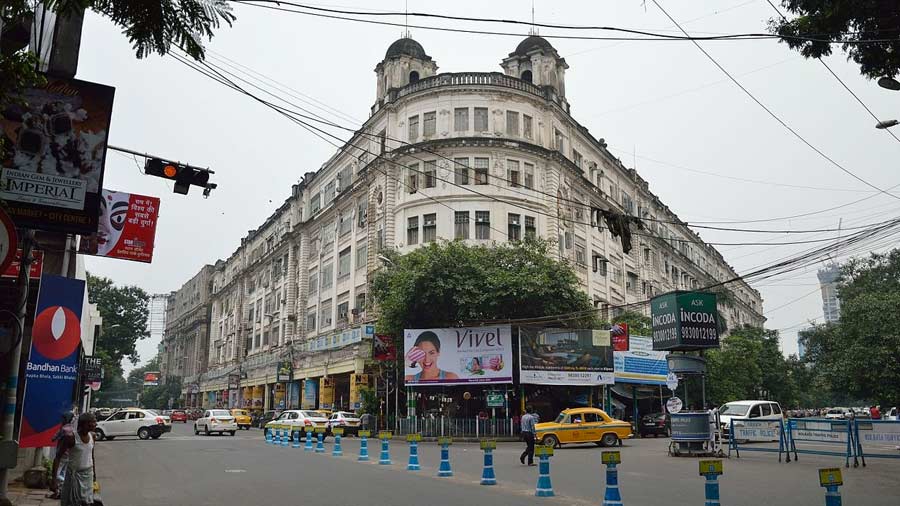
Queen’s Mansion, formerly Galstaun Mansions, was one of the many buildings made by J C Galstaun Wikimedia Commons
The areas of Mayfair (Road), Queen’s Park (Road) and Ballygunge Park, in today’s Ballygunge neighbourhood were leased out by Galstaun. Standing even today are many of the properties that Galstaun had built — Freemason’s Lodge on Park Street, Saturday Club, Harrington Mansion on Ho-Chi-Minh Sarani, Dalhousie Institute, the Royal Calcutta Turf Club building on Russell Street, Galstaun Mansions (renamed Queen's Mansions to commemorate queen Elizabeth II's visit to Calcutta in 1961) at the crossing of Park Street and Russell Street.
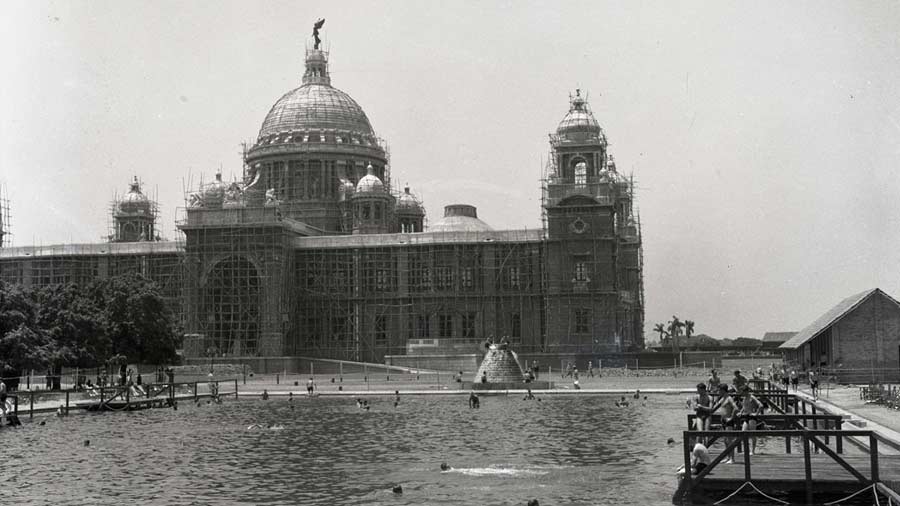
Victoria Memorial, 1945 Frank Bond; Bond Photograph Library, dsal.uchicago.edu
At one point in time, Galstaun had over 300 properties to his name in Kolkata. He was also a contributor in the funds raised for construction of Victoria Memorial.
Palace of love

An image of Galstaun Park from JC Galstaun’s book, and the present day Nizam Palace Suvendu Das
Galstaun’s most famous building in Kolkata is Galstaun Park, now known as Nizam Palace, which stands on A.J.C. Bose Road. The massive art-deco structure on the southern end of Chowringhee was built for his beloved wife Rose Catherine. In its prime, Galstaun Park was known to be the envy of Indian kings and British lords. In fact, when the then-Prince of Wales (King Edward VIII) visited Calcutta, he stayed at Galstaun Park. Since by this time, Galstaun owned a fleet of horses greater in size than the Viceroy's cavalry, one can assume that the Prince of Wales’ honour was in no way lowered by staying in the home of a non-titled member of society.
Galstaun was also a philanthropist and supported institutions like St. Joseph's Hospital financially. During the Second World War, the mansion's grounds were opened to the troops, to make a temporary hospital for treating injured and sick Allied soldiers.
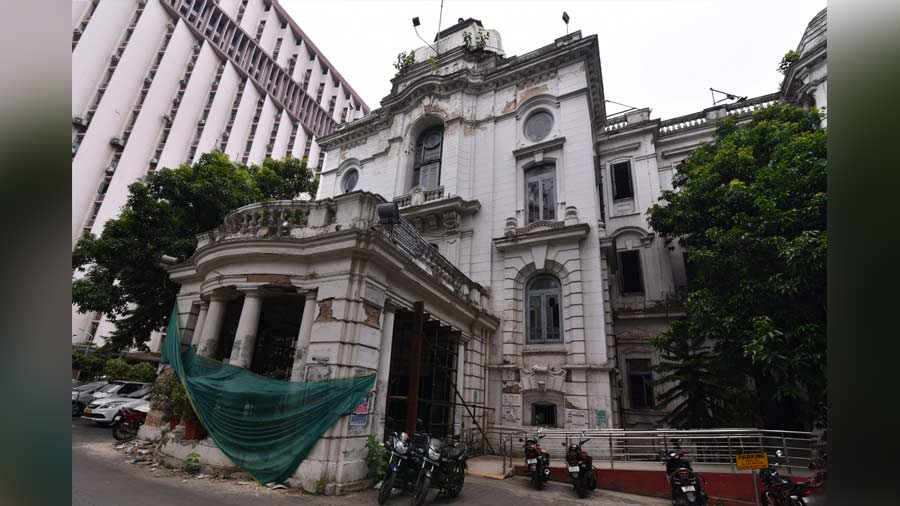
According to one of Galstaun’s descendants, the Armenian lost the mansion to the Nizam of Hyderabad in a game of cards Suvendu Das
The magnificent five-domed mansion stands tall and proud to this day, only known by a different name. It's not clear how the property was transferred to the Nizam of Hyderabad, Mir Osman Ali Khan. Some sources say that it was sold to him in 1933, however there does not seem to be any documentation supporting the sale. According to one of Galstaun’s descendants, he lost it to the Nizam over a game of cards. A compulsive gambler, Galstaun was always known to pay up his dues, no matter how steep they were. He also had a dry sense of humour and dedicated his reminiscences to the assorted bookmakers who drained him of large parts of his fortune.
A Kolkata icon
After Independence, Galstaun Palace was acquired by the government and it now houses several government departments including the Central Public Works Department (CPWD), and the Central Bureau of Investigations (CBI).
Sadly, the thousands who walk past one of Kolkata’s most recognised landmarks every day probably have no idea about its fascinating past. Characters like J C Galstaun arrived in the fledgling city of Calcutta and made tremendous contributions in transforming it into the sprawling metropolis it is today. Unfortunately, in the rush towards modernisation, their stories and their signatures are getting erased every day from the face of the city they helped create.
